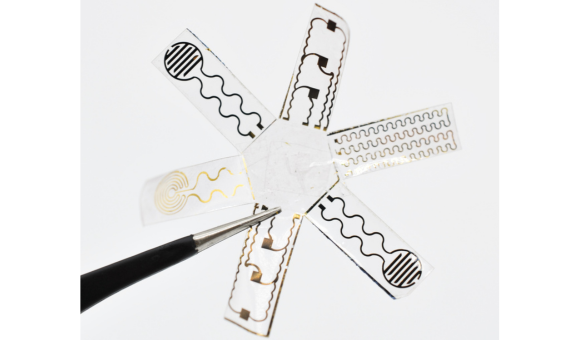
Physical human feats, whether it is nailing a guitar solo or sinking a half-court shot in basketball, require a high level of coordination between the sensory functions of our skin and motor functions of our muscles. What kind of achievements could robots perform with the same cohesion between sensing and action?
In the medical space, researchers at the University of North Carolina at Chapel Hill have begun to explore the possibilities.
The team developed soft robots primarily made of two layers — one simulating skin and the other muscle — that can autonomously detect and respond to different physiological stimuli. In a proof-of-concept study published in Nature Communications, the authors tested their robots’ diagnostic and therapeutic potential across several model organs, including a mouse model of heart disease. The data suggest that this implantable technology could have wide applicability.
